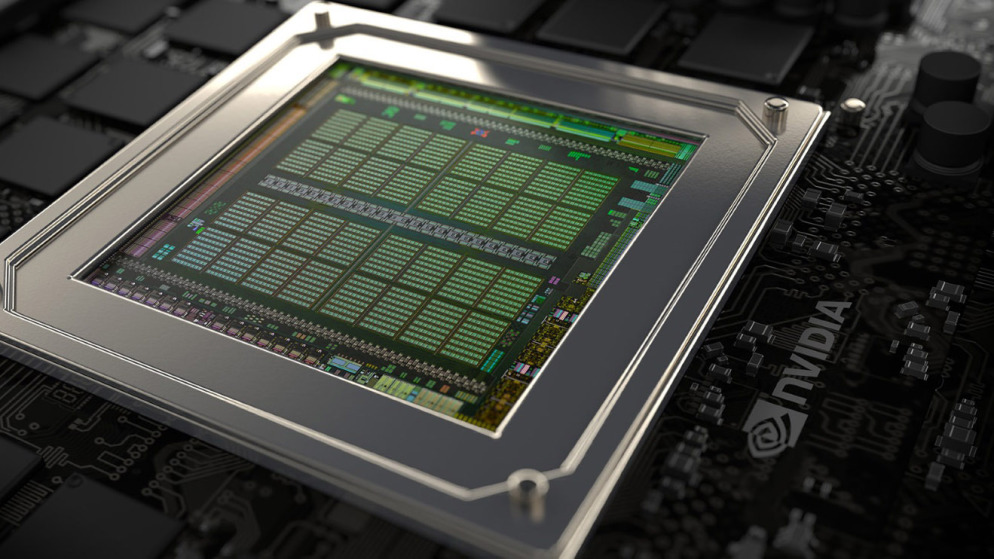Before the launch of the RTX 4090, rumors abounded about the formidable nature of this GPU. It’s common to expect that as GPUs become more powerful with each new generation, they will also increase in size to accommodate larger coolers for better thermal management. However, this trend did not hold true for the Ada Lovelace series, which maintained the same 450W TDP as the 3090 Ti. Interestingly, this might also be the case for the upcoming Blackwell series, as reports suggest Nvidia is planning to downsize its flagship GPU to a dual-slot, dual-fan configuration.
This information comes from well-known GPU leaker @Kopite7kimi on Twitter, who has been sharing insights about Nvidia’s forthcoming Blackwell gaming GPUs. Recently, there was speculation that Nvidia might use a quad-slot cooler for the RTX 5090 Founders Edition. However, @Kopite7kimi clarified that Nvidia intends to adopt a more sensible dual-slot, dual-fan design. If true, this would represent a significant shift for Nvidia, as it has not offered a dual-slot flagship GPU since the RTX 2080 Ti in 2019.
Both the RTX 3090/Ti and RTX 4090 are triple-slot GPUs, marking the start of an era of oversized Nvidia GPUs. Many assumed this trend would continue as power requirements increased with each new generation. In contrast, AMD’s RDNA 3 flagship card, the Radeon RX 7900 XTX, is a dual-slot card, although it doesn’t match the 4090’s performance. Nvidia’s choice to use a TSMC 4nm node for Blackwell, rather than the 3nm node, could also play a role. By the time of Blackwell’s release, the 4nm node will be nearly two years old, potentially refined into a very efficient process by TSMC.
According to Videocardz, the RTX 5090 Founders Edition will feature a unique design with three printed circuit boards (PCBs) instead of the traditional single PCB. One reason it might fit into a dual-slot form factor is the significant improvement in memory bandwidth, thanks to a massive 512-bit bus and the transition to GDDR7 modules. Additionally, the new Nvidia flagship might offer 32GB of memory, up from 24GB in the previous two generations.
Realistic leaks about the RTX 5090 are not expected until closer to its launch, anticipated later this year. Although Computex is starting next week, Nvidia is not expected to reveal its next-generation GeForce plans at the event, as it is currently focused on launching the data center version of Blackwell, scheduled to arrive later this year.

Leave a Reply